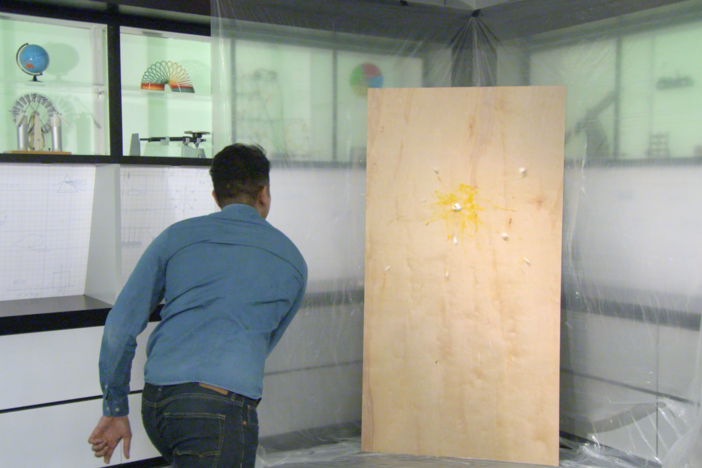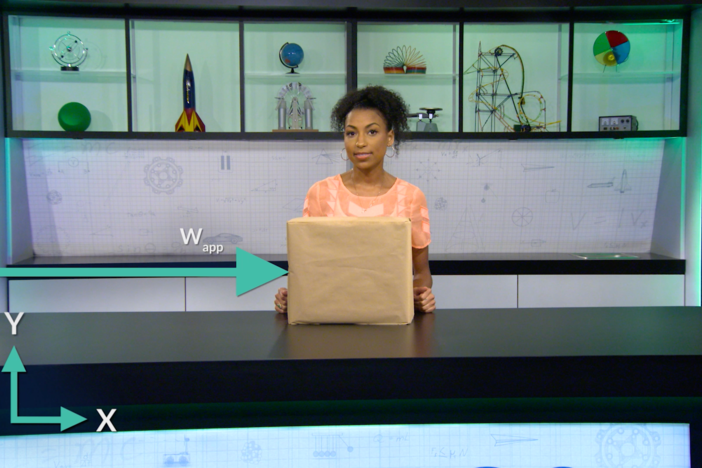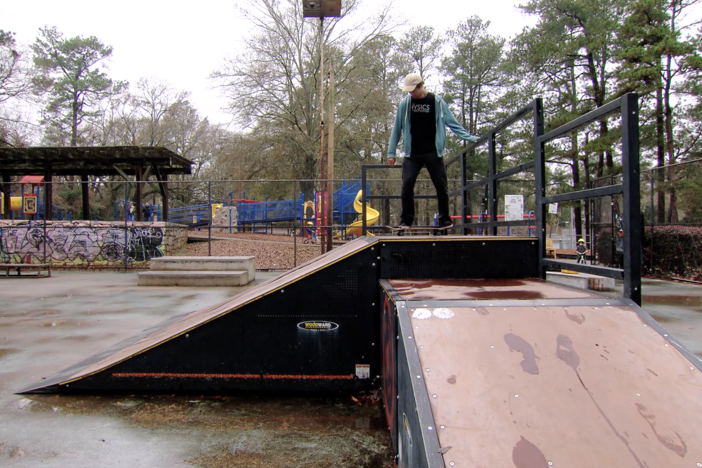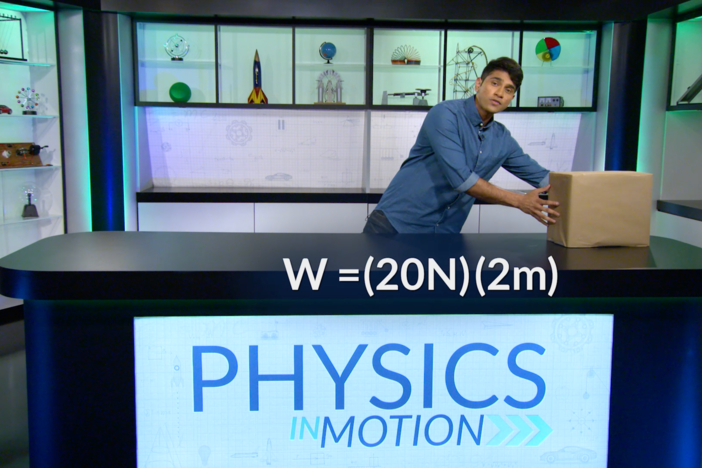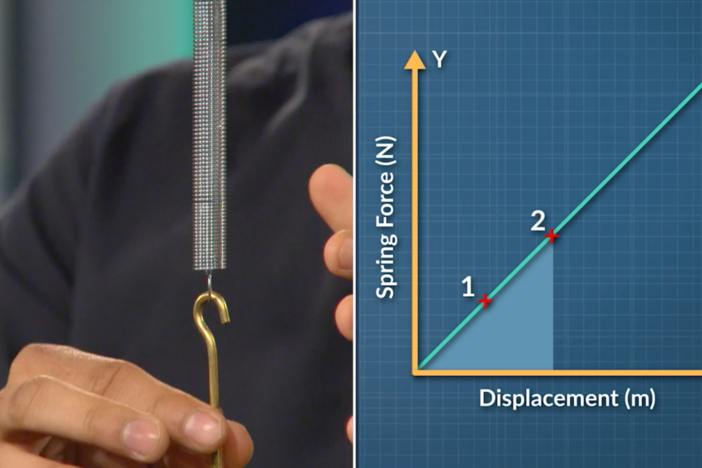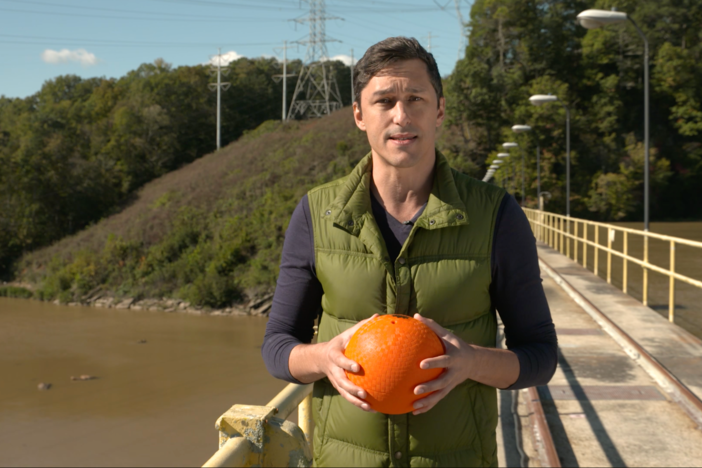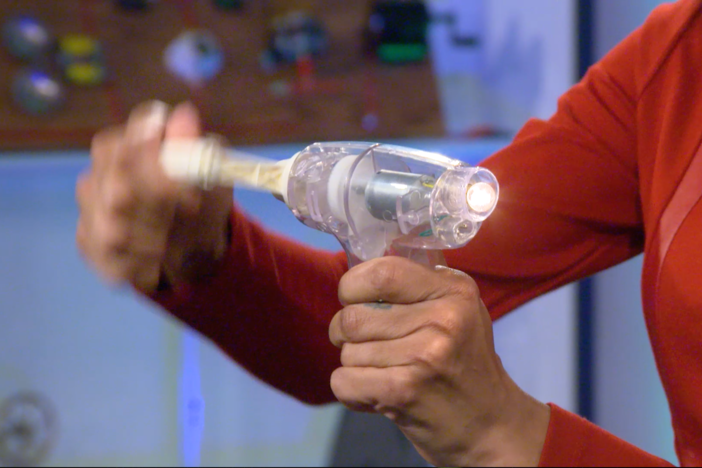Segment C: Collisions
In this segment, we differentiate between elastic and inelastic collisions. The conservation of momentum and the conservation of energy are explored as we do examples involving these two types of collisions.
Segment C: Collisions
In this segment, we differentiate between elastic and inelastic collisions. The conservation of momentum and the conservation of energy are explored as we do examples involving these two types of collisions.
Science
Obtain, evaluate, and communicate information about the importance of conservation laws for mechanical energy and linear momentum in predicting the behavior of physical systems.
Construct an argument supported by evidence of the use of the principle of conservation of momentum to
- explain how the brief application of a force creates an impulse.
- describe and perform calculations involving one dimensional momentum.
- connect the concepts of Newton's 3rd law and impulse.
- experimentally compare and contrast inelastic and elastic collisions.
-Define inelastic and elastic collisions.
-Review the law of conservation of momentum and apply it to different types of collisions.
-Compare and contrast inelastic and elastic collisions by discussing whether momentum and/or kinetic energy are conserved.
-Do a one-dimensional example of each type of collision.
collision - when momentum or kinetic energy is transferred from one object to another.
elastic collision - a collision where objects bounce off of one another; momentum and kinetic energy are conserved.
inelastic collision - when two objects collide and do not bounce away from each other; momentum is conserved, kinetic energy is not conserved.
kinetic energy (KE) - the energy of motion; equal to one half times mass times the square of the velocity of an object.
momentum (p) - the quantity of motion of an object or, mass in motion; is calculated by multiplying the mass of an object by the velocity of an object.
perfectly inelastic collision - when objects stick together, so that their final velocities are the same; momentum is conserved, kinetic energy is not conserved.
The Physics in Motion teacher toolkit provides instructions and answer keys for study questions, practice problems, labs for all seven units of study. GPB offers the teacher toolkit at no cost to Georgia educators.To order your teacher toolkit, complete and submit this form to request the teacher toolkit. You only need to submit this form one time to get materials for all seven units.
